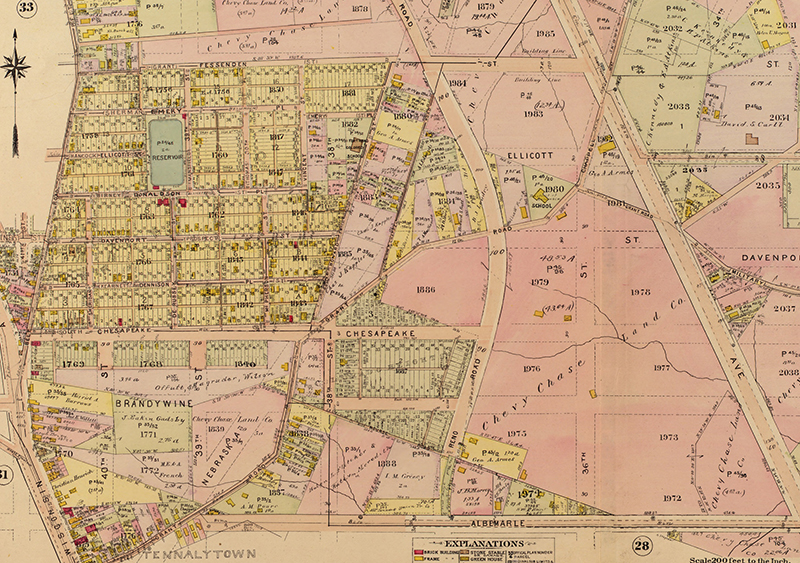As Shalom Baranes has written, there are good things to come from modest increases in height (one story or so) with no parallel increase in density. This would enable a saavy building owner and creative architect to articulate their design more aggressively, creating better spaces for its users and a more interesting façade. Today’s market in D.C. is marked with significant efforts to differentiate seemingly similar properties and the ability to sculpt and offer alternative space plans is appealing. Also, the concepts of sustainable workplaces don’t need to be “of the future”, and the healthy vibrancy of daylighting and views in our homes is always appealing.
An increase in height doesn’t, however, protect the city from vanilla design and established real estate conditions favoring hyper-efficiency in office planning (such as GSA, for instance), or the increase in the cost of structure or skin, might not appeal to every landowner. Take a look around the region, though, to see how height relates to design quality; it would be better if it was more energizing. I think it will open the gap between designs aiming at the upper percentile market and the mainstream, and to me any opportunity to increase in the average design quality will ultimately enhance the District.
I would be interested in seeing a dialogue about the impacts of changing the height limits in the core downtown areas that have 130 ft to 165 ft height limits. There are huge investments in place, many with trophy designs that might be negatively impacted by a neighboring property that could now leap past them. It could become a bit of a dinosaur discussion that forces change on deep labyrinths of dark office space, and I’m all for removing the pressures that forced creation of those spaces.
One tool that might be useful is already in place — the Transferrable Development Rights provisions in the Zoning Code. This has the net effect of increasing heights in the three receiving zones currently entitled for TDRs. If we were to create new zones, perhaps we could control the locations of new height districts and preserve others along the way.
Relaxing the height limit in a big way — say, for instance, doubling it — creates opportunity for aspirational skylines in a historically flat city. Provided, of course, we can deal with the impacts to sensitive neighborhoods and transportation issues. I think that the CBD should be spared a huge evolutionary jump, though, out of respect for the original planning and beauty in the monumental core. So I’d advocate for new districts where additional height could be created. There are underserved sectors of the city that might attract investment in this new concept, and we might see a futurist vision of Metro emerge out of the hugely successful planning that began over fifty years ago but now seems to struggle with stagnation and capacity questions.
In summary — as an academic exercise, YES, relaxing the height limit will increase design quality in D.C. The scale of a 21st century urban environment should not be bound by 18th and early 20th century idealisms. The scale of our endeavors, the speed of our activities, and the agility of our culture is better off with more variety and greater opportunity for good architecture
David Varner, AIA, is Vice President for office design at SmithGroup in DC.








